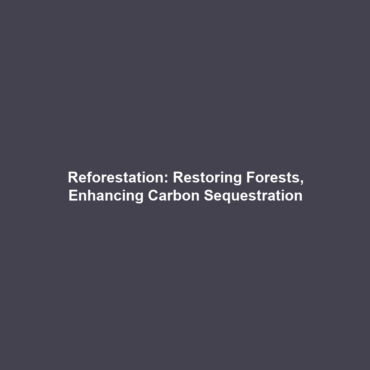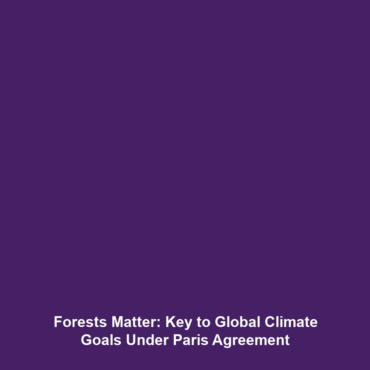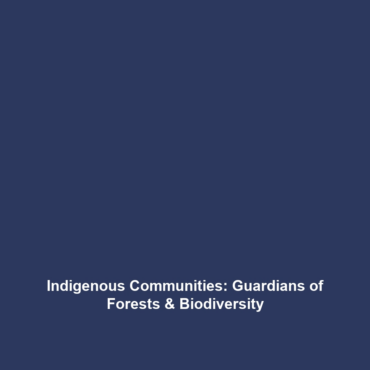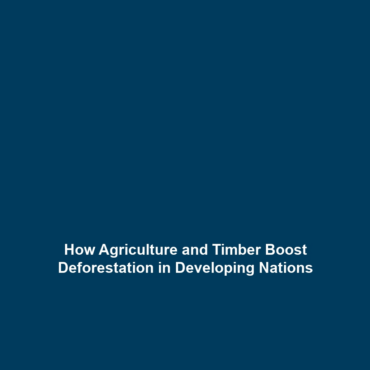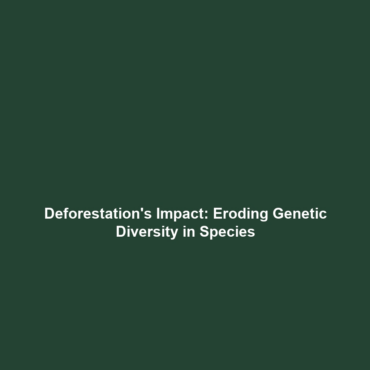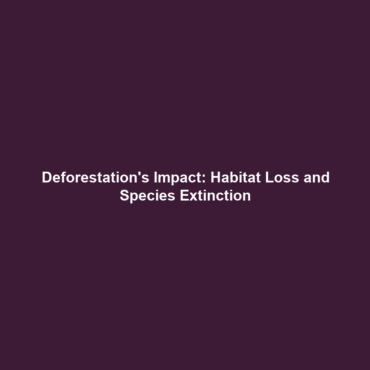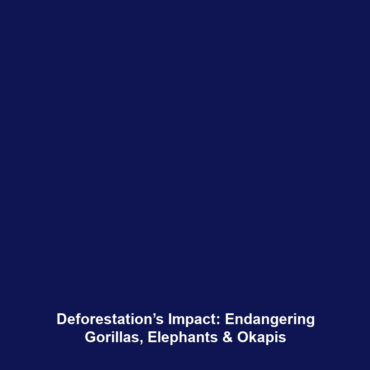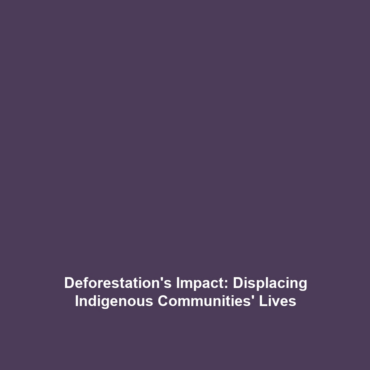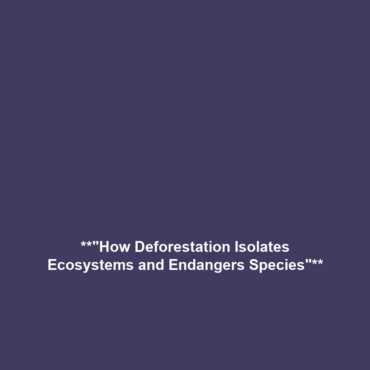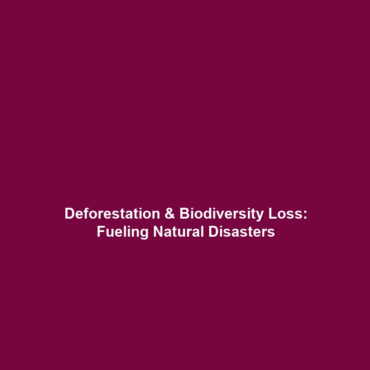How Reforestation Efforts are Enhancing Carbon Sequestration and Supporting Biodiversity Recovery
Reforestation efforts play a pivotal role in restoring deforested areas, significantly enhancing carbon sequestration and supporting biodiversity recovery. As the world grapples with the alarming rates of deforestation and biodiversity loss, understanding the multifaceted benefits of reforesting our landscapes becomes increasingly critical. This article delves into the significance of reforestation within the broader context of ecological preservation and environmental sustainability.
Key Concepts of Reforestation and Biodiversity
Reforestation is much more than simply planting trees; it is a comprehensive approach to restoring ecosystems that have been degraded through human activity. Here are some key concepts associated with this essential practice:
- Carbon Sequestration: Trees absorb carbon dioxide (CO2), a major greenhouse gas, from the atmosphere, making reforestation a potent tool in combating climate change.
- Biodiversity Enhancement: Planting a diverse range of species can rejuvenate habitats, leading to the recovery of wildlife populations and fostering a balanced ecosystem.
- Soil Erosion Control: Tree roots stabilize the soil, preventing erosion and helping maintain soil health, a key factor in long-term sustainability.
Applications and Real-World Uses
The applications of reforestation in the context of deforestation & biodiversity loss are vast and varied. Here are some significant real-world uses:
- Sustainable Forestry: Managed forests can provide timber and non-timber products while supporting biodiversity through careful planning and population management.
- Community Engagement: Reforestation initiatives often involve local communities, providing economic benefits while promoting environmental stewardship.
- Restoration of Ecosystem Services: Reforested areas can replenish water supplies, improve air quality, and enhance habitat connectivity, making them vital for ecosystem health.
Current Challenges
Despite the clear benefits of reforestation, several challenges persist in its implementation and effectiveness:
- Inadequate Funding: Many reforestation projects struggle to secure the financial support necessary for long-term success.
- Monoculture Plantations: A focus on single-species planting can lead to diminished biodiversity rather than fostering a rich ecosystem.
- Political and Legal Barriers: Lack of supportive policies can hinder reforestation efforts and sustainable land management practices.
Future Research and Innovations
Innovations in reforestation practices and technologies are essential for improving the outcomes related to biodiversity recovery and carbon sequestration. Key areas of focus include:
- Genetic Tree Selection: Advancements in genetics may allow for the selection of tree varieties that are more resilient to climate change.
- Drone Technology: Drones are being used for planting seeds in hard-to-reach areas, allowing for greater planting efficiency.
- Remote Sensing: Technologies that monitor forest restoration progress help in assessing the success of reforestation initiatives in real-time.
Conclusion
In summary, reforestation efforts are crucial in the fight against deforestation and biodiversity loss. By restoring ecosystems, enhancing carbon sequestration, and supporting wildlife recovery, reforestation holds transformative potential for our environment. The more we invest in and prioritize these efforts, the greater impact we will have on our planet’s health and future. For more insights on deforestation and its implications, explore our articles on biodiversity loss and climate action initiatives.
